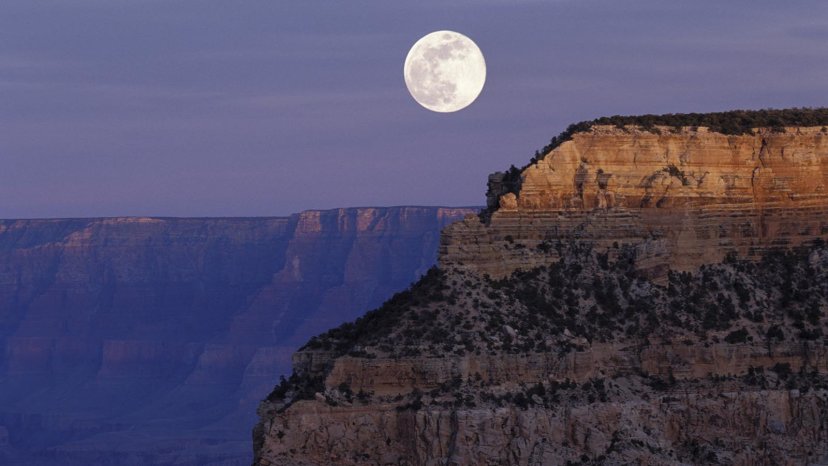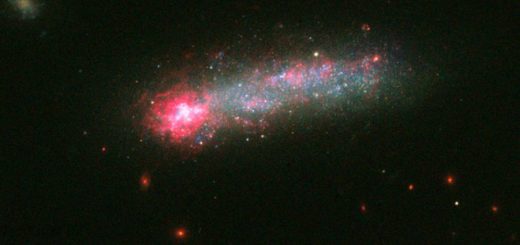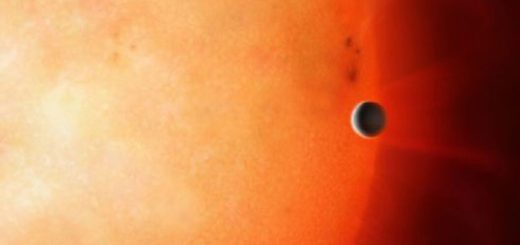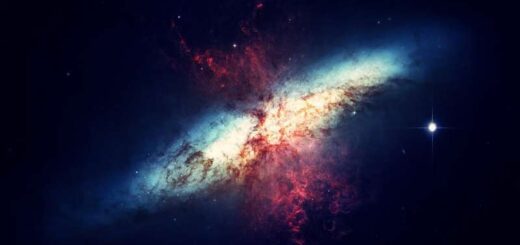Can You Watch the Sunset and Moonrise at the Same Time?

You probably know that the sun rises in the east and sets in the west. Well, so does the moon — most of the time. Technically, the moon rising can actually vary depending on the phase of the moon and the time of the year, according to the Farmers’ Almanac. That means it could rise in the east-northeast or east-southeast, and it could set in the west-northwest or west-southwest.
But think of those times when you’ve seen the moon up in the late afternoon sky, just before sunset. That happens because of the tilt of the Earth and its position to both the sun and moon. We can see them simultaneously, but not necessarily as one sets and the other rises. So, is it ever possible to witness the moonrise at exactly the same time as sunset? The short answer is, yes.
The Long Answer
The best chance to witness the phenomenon is when the moon is full nearest the vernal (spring) and autumnal (fall) equinoxes. That’s because the moonrise is closest to due east and sets closest to due west on those dates. When the moon is full at these times of year, it’s just about directly opposite the sun in the sky as it sets.
So, during these times of year, as you watch the sun setting on one side of the Earth, simply turn around and you might see the full moon rising behind you. They’re not technically happening at exactly the same time, but from your vantage point as a mere mortal on Earth, it appears to be so. Plus, you’re really witnessing THREE astronomical events: sunset, moonrise and a full moon.
The best place to watch this happen — or any nighttime astronomical event — is from a location that has limited light pollution. You can search for an IDA Dark Sky Place — many exist around the world. These include communities, parks and areas that encourage and protect dark light and dark skies.
As of early 2020, there were more than 130 around the world, with several Dark Sky Certified Communities in the United States alone, ranging from Indiana to three in Arizona (Flagstaff, Sedona, Oak Creek Canyon). While Utah doesn’t have any Certified IDA International Dark Sky Communities, it does have the highest concentration of Dark Sky Parks. The tiny island of Niue in the middle of the South Pacific Ocean is even the world’s first “Dark Sky Nation.” If you can’t get to an IDA Dark Sky Place, just try to head outside of the big city to any place that has little light pollution.
The best time to see the moonrise and sunset at the same time will vary depending on your location and the time of year, and when the next full moon appears on the calendar.



 Creators of mankind
Creators of mankind Description of “Tall white aliens”
Description of “Tall white aliens” Where they came from?
Where they came from? About hostile civilizations
About hostile civilizations The war for the Earth
The war for the Earth “Tall white aliens” about eternal life
“Tall white aliens” about eternal life Video: “Nordic aliens”
Video: “Nordic aliens” Aliens
Aliens Alien encounters
Alien encounters The aliens base
The aliens base UFO
UFO Technology UFO
Technology UFO Underground civilization
Underground civilization Ancient alien artifacts
Ancient alien artifacts Military and UFO
Military and UFO Mysteries and hypotheses
Mysteries and hypotheses Scientific facts
Scientific facts


















